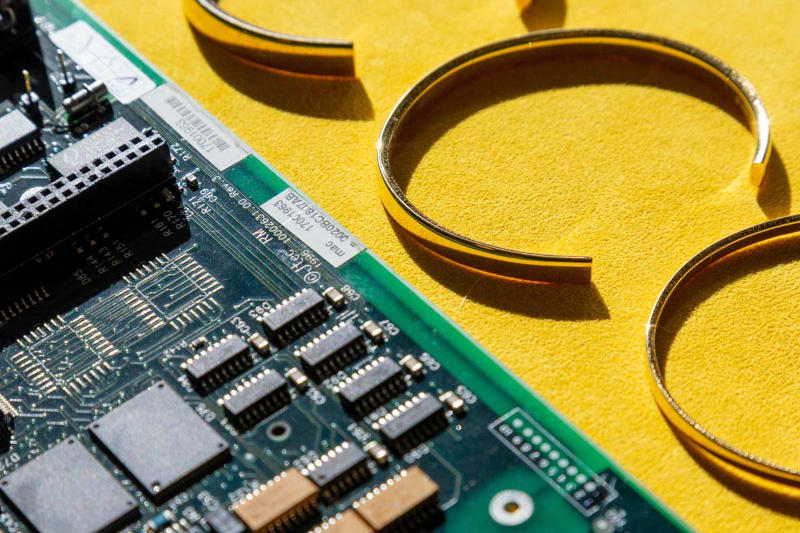The Royal Mint, the UK’s official coin manufacturer, has opened a facility in South Wales that extracts gold from old circuit boards. The approximately 3,700 m² facility will produce half a ton of gold per year.

Image source: royalmint.com
The Royal Mint’s new facility uses reagents developed by Canadian company Excir. The technology used here can extract high-quality 999.9 purity gold from printed circuit boards used in consumer electronics, including TVs, laptops and mobile phones. Large technology companies are also involved in extracting precious metals from printed circuit boards. Dell has an e-waste recycling program that recycled more than 900,000 tons per year in 2018, although the company planned to reach this figure two years later. In the case of the Royal Mint, this is perhaps the first time that the extraction of precious metals from electronics has been undertaken directly by a manufacturer of electronic products.
The process takes minutes and experts say is more energy and economically efficient than traditional gold mining methods. The plant can process up to 4,400 tons of circuit boards per year and produce up to half a ton of precious metal worth £27 million ($34 million) at current prices. There is no shortage of raw materials for the enterprise: in 2022, the world produced 68 million tons of electronic waste, according to UN data. The Royal Mint will use the resulting gold to make its products. Pre-treatment of less critical materials such as aluminum, copper, tin and steel will also be carried out.
Now the Royal Mint is already using waste gold in the production of luxury goods – its new collection includes 886 items, including necklaces, bracelets, rings, rings, earrings and much more. Products cost from £275 ($350) to £110 thousand ($140 thousand) per piece.